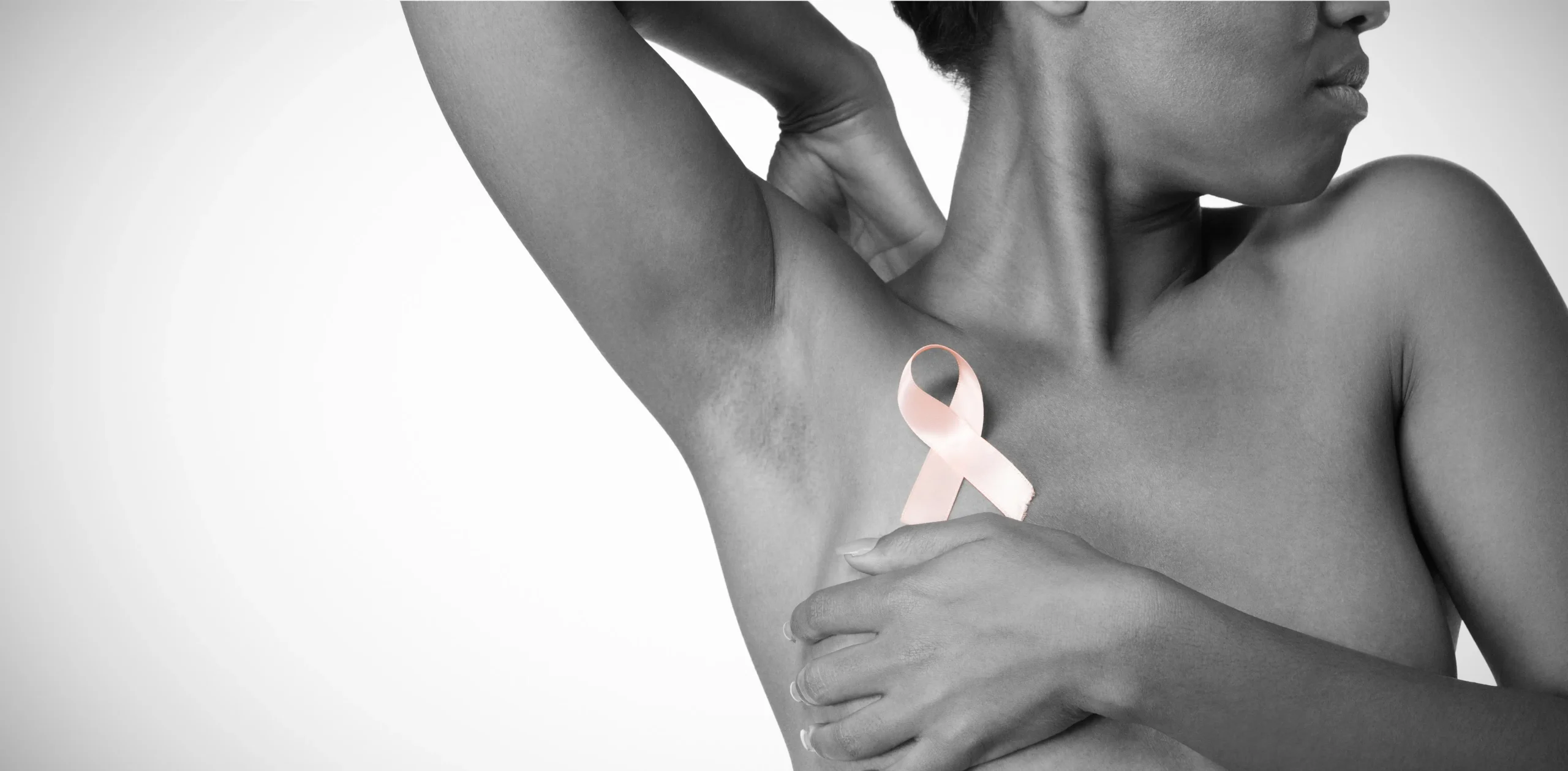Breast Cancer Detection and What a Breast Cancer Lump Feels Like
Breast cancer is one of the most prevalent cancers affecting women worldwide, making early detection crucial for successful treatment. Most frequently diagnosed cancer amongst females in South Africa, affecting two thirds of women above age 55 years. Important to note that men (around 1%) can develop breast cancer too. (CANSA, 2021). One essential aspect of early detection is understanding what a breast cancer lump feels like during self-examinations. In this article, we’ll delve into breast cancer detection methods, the importance of self-exams, and how to recognise suspicious breast lumps. By empowering individuals with knowledge about breast health and self-examination techniques, we can increase awareness and improve the chances of detecting breast cancer at an early, more treatable stage.
The importance of breast cancer detection
Breast cancer is a disease that forms when abnormal cells in the breast multiply and grow uncontrollably. Early detection of breast cancer dramatically improves the prognosis, with higher survival rates and more treatment options available. To catch breast cancer at its earliest stages, it’s essential to utilise various detection methods, including mammograms, clinical breast exams, and self-examinations.
A mammogram is the most sensitive and evidence-based tool that aids early detection of cancer, followed by a clinical breast exam and self-breast exam. Breast cancer guidelines often advise screening from the age of 50 years for the average woman. Special cases or conditions that confer a higher risk of breast cancer development such as a positive family first generation history of breast cancer necessitate initiating screening procedures at an earlier age. It is important to seek the advice of a healthcare provider if you think you fall into the high-risk category.
Recognising a suspicious breast lump
Performing regular breast self-exams can be a valuable tool in detecting breast cancer early. While performing a breast self-exam, you may encounter various textures and structures within your breast tissue. Most of these are harmless, but it’s crucial to recognise potential warning signs of breast cancer, such as:
A new lump
Breast cancer lumps often feel hard, irregularly shaped, and immobile. They may be painless or slightly tender.
Changes in an existing lump
If you’ve had a lump for some time, but it suddenly changes in size, shape, or texture, consult a healthcare professional.
Skin changes
Look for redness, dimpling, or puckering of the skin, which can indicate an underlying issue.
Nipple changes
Be alert to nipple discharge, inversion, or changes in nipple appearance.
Swelling or tenderness
While breast swelling and tenderness can be related to the menstrual cycle, persistent symptoms should be examined.
If you notice any of these warning signs, it’s essential to consult a healthcare professional as soon as possible. Remember that most breast lumps are not cancerous, but medical detection is vital for peace of mind and early intervention if necessary.
Seeking professional evaluation
A breast self-exam is a valuable practice, but it’s not a replacement for professional evaluation. If you discover any concerning changes during your self-examination, don’t hesitate to contact your healthcare provider. They may recommend further testing, such as a mammogram, ultrasound, or a biopsy, to determine the nature of the lump. Early detection is the best and most successful breast cancer treatment, so being proactive about your breast health can save lives.
Conclusion
Understanding how to perform a breast self-exam and recognising what a breast cancer lump feels like are essential aspects of breast health. By performing regular self-examinations and seeking medical attention for any concerning changes, you can equip yourself with the knowledge and tools necessary for early breast cancer detection. Remember that while breast cancer is a significant health concern, early intervention and advances in treatment have led to improved outcomes. Regular self-exams coupled with routine screenings and clinical evaluations provide the best defence against this disease, ensuring a better chance for early diagnosis and successful treatment.
For more information, please contact:
Dr N Mlaba
Discipline: Oncologist
Tel: +27 87 087 2660
Hospital: Lenmed Randfontein Private Hospital















